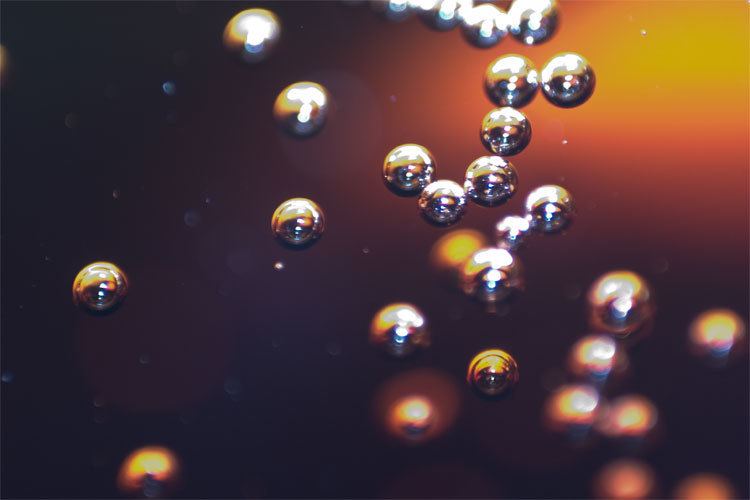 | ||
Carbonation can refer to two chemical processes involving carbon dioxide:
Contents
- The dissolution in a liquid, also known as fizz or effervescence.
- The incorporation into chemical compounds.
Dissolution in a liquid
The process usually involves carbon dioxide under high pressure. When the pressure is reduced, the carbon dioxide is released from the solution as small bubbles, which causes the solution to become effervescent, or fizzy. A common example is the dissolving of carbon dioxide in water, resulting in carbonated water.
Carbon dioxide is weakly soluble in water, therefore it separates into a gas when the pressure is released.
Incorporation into chemical compounds
Carbonation also describes the incorporation of carbon dioxide into chemical compounds. This occurs in the following cases:
References
Carbonation Wikipedia(Text) CC BY-SA
